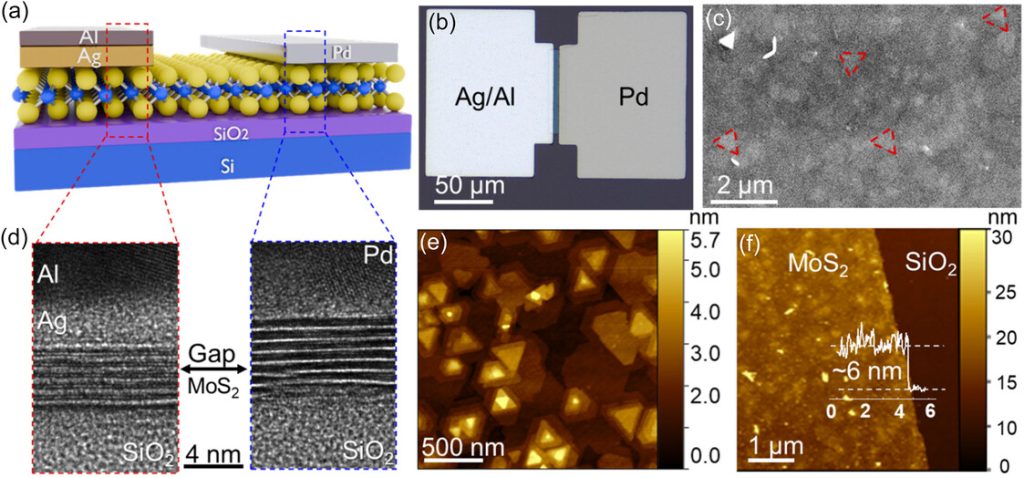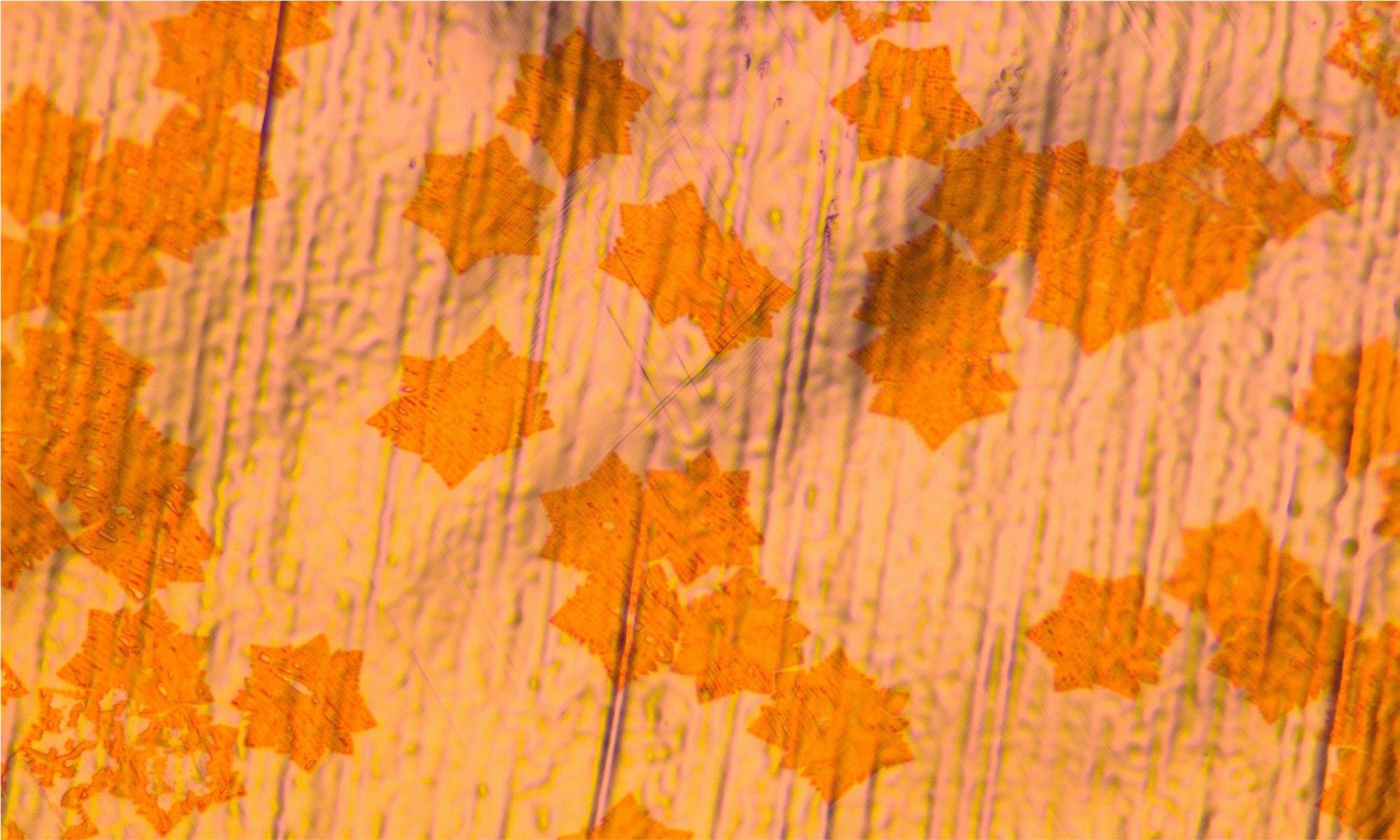Sofia Cruces and co-workers at the Chair of Electronic Devices have recently published an article in Small Science, reporting on forming-free, volatile resistive switching in multilayer MoS₂ grown by metal-organic chemical vapor deposition (MOCVD).
The study demonstrates highly reproducible and fast-switching RS behavior (as low as 130 ns) at low operating voltages (~2V) —a promising result for scalable neuromorphic and memory devices.

Using a comprehensive approach that combines transmission electron microscopy, electronic transport, and DFT simulations, Cruces and co-workers unveil the mechanism behind the switching behavior and develop a compact, physics-based model for device simulation. They also showcase the integration of these memristors as artificial neurons—paving the way for next-gen neuromorphic hardware.
This work is the result of a great collaboration between:
🔹 Prof. Max Lemme’s group @ RWTH Aachen University
🔹 The group of Andres Godoy @ Universidad de Granada
🔹 The Graphene Electronics team @ AMO GmbH
🔹 The group of Prof. Andrei Vescan @ RWTH Aachen University
🔹 the Ernst Ruska Center at FZ Jülich
🔹 and AIXTRON SE
The full article can be downloaded open-access here: https://onlinelibrary.wiley.com/doi/10.1002/smsc.202400523
